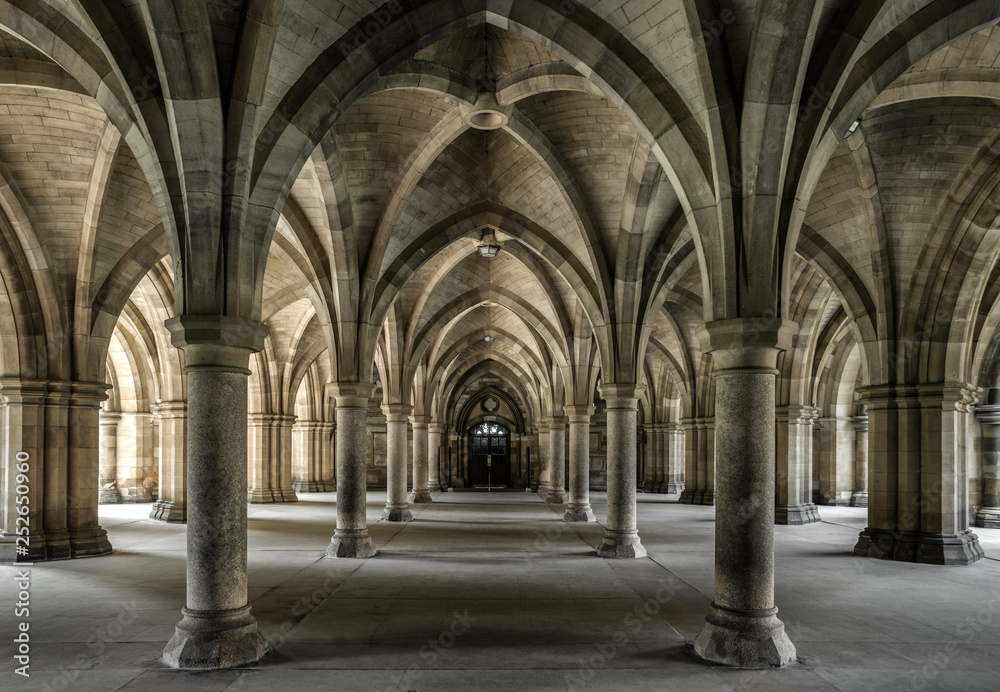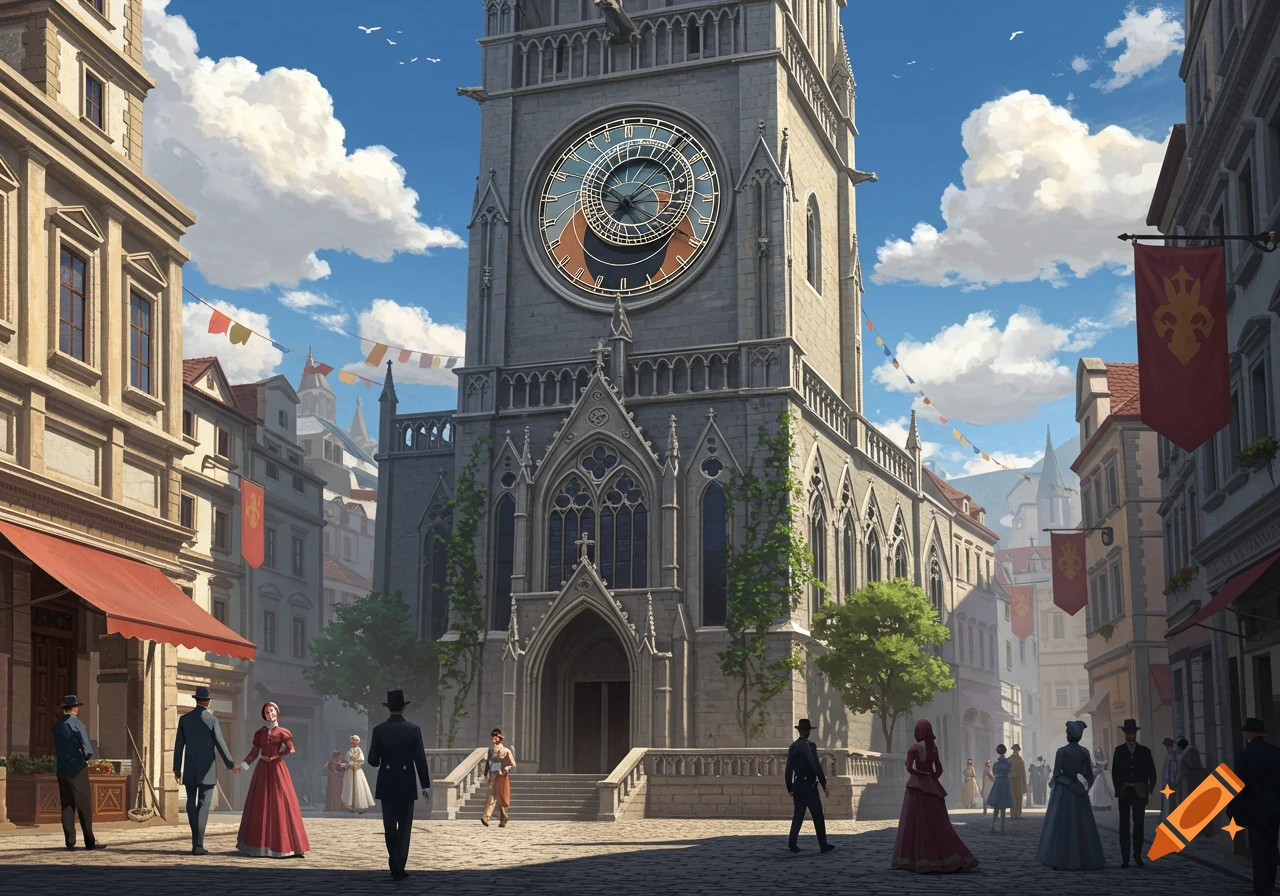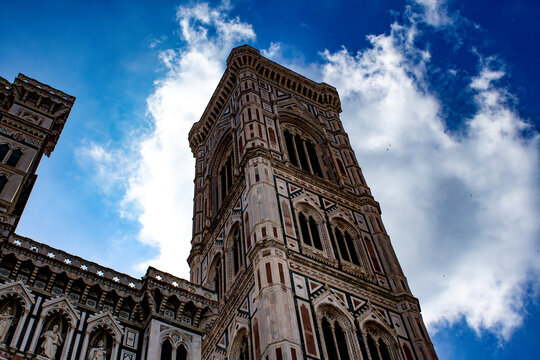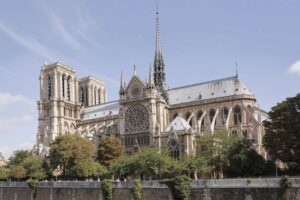The Timeless Appeal of Height and Drama
Take a look at the skyline of any big city today. What do you see? Glass boxes that are very tall, geometric shapes that are very smooth, and buildings that push the limits of materials science. But even in this hyper-modern world, there is still a shadow from the past: a way of designing that comes from stone, faith, and the hopeful spirit of the Middle Ages, not steel and concrete.
This is what Gothic Revival Skyscrapers will always be remembered for.
The story of the skyline is closely tied to the Gothic style. The medieval cathedral set the standard for aggressive verticality long before the steel frame. It was a building that wasn’t only meant to take up space, but to grasp for the heavens. Today, architects all over the world are rediscovering this powerful and expressive vocabulary by translating pointed arches and stone lace into the language of the 21st century.
This blog looks at how the ideas behind medieval architecture still shape the identity, drama, and vertical ambition of our modern cities.
The Gothic Plan for the Age of Skyscrapers
The original Gothic movement changed the way buildings were made by finding a solution to the height problem. Romanesque buildings were big but not very tall, with thick walls and rounded arches. Gothic architects added structural features that made walls thinner and heights higher than ever before.
The early 1900s, when skyscrapers were first built, quickly embraced these ideas and the strong meanings they had. Architects had to make big, boxy commercial structures look elegant, inspiring, and strong. The Gothic Revival style has the best words.
This style, which is commonly called Neo-Gothic when it comes to early towers like the Woolworth Building (1913) and the Tribune Tower (1925), gave a sense of history, grandeur, and dignity that simple utilitarian design could not.

Source: craiyon.com
From Flying Buttresses to Exoskeletons
Three basic structural ideas that are re-imagined in modern high-rise construction are what make Gothic architecture so important:
The Pointed Arch Mastery
The pointed arch is the most important part of Gothic architecture. The pointed arch is different from the semicircular Roman arch in that it distributes weight with a more downward, vertical push. This makes the structure taller and more stable.
In the 21st century, this idea is shown in the tall, tapering tops of modern towers. Many modern skyscrapers have pointed crowns, spires, or sculpted finials that don’t serve any practical purpose other than to show where the building ends, which is a direct reference to the spires of famous cathedrals. The pointed arch’s look is still a universal symbol of hope.

This resource was generated with AI Image Generator.
The Skeletal Frame and Ribbed Vaults
The ribbed vaults of the Middle Ages made a “skeleton” that held up the ceiling and sent its weight exactly to the columns, leaving the walls open for windows.
This is the main idea behind the modern steel-frame skyscraper. The steel or reinforced concrete frame is the hidden ribbed vault that lets the huge glass curtain walls that make up modern structures. Modern architects like Santiago Calatrava, who uses exposed, branching support systems, often make this interior “skeletal structure” evident. This gives the Gothic support system a dynamic, engineering-based look.

Ribbed vault architecture by Jaroslav Moravcik
Vertical Emphasis and the Illusion of Thinness
Gothic cathedrals used groups of columns and complicated vertical moldings to mislead the eye, making their huge stone buildings look impossibly light and thin.
Modern architects use deep vertical fins, continuous window mullions, and a little tapering of the tower’s shape to make it look taller. These parts are meant to draw the eye up, which makes the building look taller and gives it the exquisite verticality that makes a world-class skyline.

Source: craiyon.com
Case Study: The Legacy of Chicago
Chicago is a living museum of Gothic architecture and the city where the modern skyscraper was born. The Tribune Tower, which is about 100 years old, is still the best specimen. The crown, which has parts influenced by flying buttresses and Gothic tracery, is a great example of how medieval decoration can be used on a modern, steel-framed office building.
Modern designs that want to offer glass-and-steel skyscrapers a unique look are still building on the legacy. The principles learnt from Cass Gilbert’s Neo-Gothic masterpieces are still being used today. For example, a facade can be dramatically segmented vertically, or hefty, carved pre-cast stone can be used at the base to show permanence and history.
The 21st Century Gothic Revival
The Revival style isn’t just a tribute; it’s a new take on the old using modern materials and eco-friendly technologies.
Light as a Structural Element: The Medieval Gothic style was the first to incorporate light as a design element, turning walls into colorful stained-glass tapestries. The ultra-clear, high-performance glass facades of 21st-century structures do the same thing today. They are clear canvases that let in a lot of light and make bright, breezy workspaces. They are like the light-filled Gothic choir of today.
Ornamentation and Craftsmanship: For a long time in the 20th century, Modernism fought against adornment. The Neo-Gothic style of the 21st century brings back richness and detail. Parametric design is a common way to make this modern ornamentation. Computer programs make complex, organic, or geometric designs that abstract conventional tracery onto metal façades or concrete surfaces. This level of detail is a statement of elegance and careful craftsmanship, just like the stone carvings of the past.
The Symbolic Strength of Permanence
The Gothic style is a strong psychological anchor in a world that is changing quickly. People built medieval cathedrals to survive a thousand years because they wanted to show their spiritual and civic pride. The Gothic Revival Skyscraper sends a similar message in the business world by using the same structural language: the soaring height, the careful craftsmanship, and the sense of immovable permanence.
A skyscraper that seems like it came from the Gothic era suggests that it is stable, trustworthy, and valuable throughout time. It claims its place not as a transient structure for trade, but as a permanent part of the city’s history and identity.
In the end, the skyscraper is the best emblem of people’s desire to reach new heights. The fact that the architectural ideas that were used in French cathedrals eight hundred years ago are now the best way to convey, dramatize, and lastingly support that goal is proof of the ageless brilliance of Gothic design. The skyline of the 21st century is not a rejection of the past; it is a change—a huge, shining, steel-and-glass Gothic Revival masterpiece.
Reference:
Conceptions of Height and Verticality in the History of Skyscrapers and Skylines
The Evolution of London’s Skyline: A Journey Through Time – LONDON METROPOLITAN
For more blogs like this CLICK HERE!!





